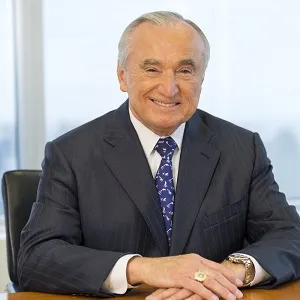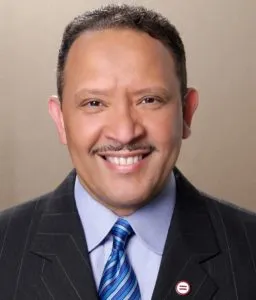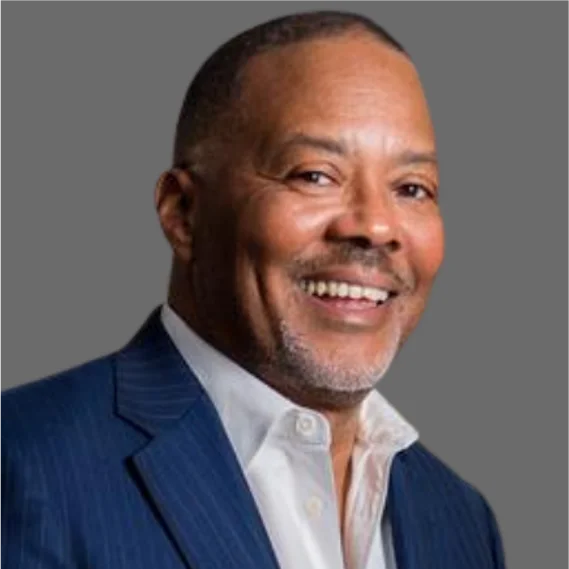By William Bratton, Marc Morial, and Ralph Clark*
Shootings spiked in the Big Apple by a whopping 50% for the week ending on June 16, 2024, compared to 2023. That’s 30 victims struck in 24 shootings. According to NYPD, as of June 23, 2024, there have been 487 gunshot victims and 409 shooting incidents in New York City.
Now is the time for elected officials to band together to use every tool possible to confront this unacceptable wave of violence.

William Bratton
That is why we are mystified by last week’s report released by New York City Comptroller Brad Lander assessing the effectiveness of the gunshot detection technology known as ShotSpotter. We respect the Comptroller’s mandate and responsibility to review how NYPD uses resources to keep New York safe, but we challenge the misleading representation of the data provided to him by NYPD and the illogical assumptions that underpin some of his deceptive conclusions.
ShotSpotter is an acoustic gunshot detection system that uses sensors to “listen” for gunshots and then notifies officers when gunfire is detected. Research shows that over 80% of gunfire goes unreported to 911. ShotSpotter fills that gap. Its alerts provide critical support and are often the only way police receive information needed to respond quickly, render aid to victims, save lives, collect critical evidence, and take dangerous criminals off the streets.
That’s why NYPD regularly touts ShotSpotter’s effectiveness and has referred to the technology as “an integral tool” and “a tremendous asset” to address gun violence.
A central flaw in the Comptroller’s report is the faulty assertion that the lack of immediate physical confirmation of a shooting by officers dispatched to a ShotSpotter alert means that the alert was triggered by a loud sound other than gunfire. This is simply not how the technology and NYPD protocols are designed and is a perilous, dangerous assumption. ShotSpotter enables NYPD to become a digital witness to criminal gunfire, allowing NYPD to review a gunfire incident more fully and accurately than if officers heard it outdoors while on patrol, not only in close to real-time but also afterward.

Marc Morial
NYPD specifically addresses this concern in their response, included as an 8-page addendum to the report: criminals don’t stay at the scene after shooting at someone, and they sometimes clean up shell casings. The NYPD is a sophisticated law enforcement agency and wouldn’t waste precious time and money on a system that rendered mostly false positives. The report is wrong on this point.
Research shows that 911 calls alert police to far less gunfire than ShotSpotter, leading to less evidence collection and fewer arrests. Does that mean we should scrap our 911 system? Of course not.
Most importantly, the report measures the wrong thing. It completely ignores what matters most: whether ShotSpotter provides awareness of gunfire in real time, if it enables police to respond quickly and safely, and, most importantly, how it saves lives.
It’s a fact that ShotSpotter saves lives in the places hit hardest by gun violence. Research has shown it decreases the critical time for EMS to arrive at shooting scenes, enhancing victim survivability. But the report disregarded these facts, advancing a misleading narrative and maligning ShotSpotter in the process.
We have seen how effective, accurate, and precise ShotSpotter is in the 170+ municipalities where it is deployed nationwide. ShotSpotter is contractually obligated to maintain a 90% accuracy rate for NYPD or face financial penalties. Further, an independent review conducted by a data analytics firm found that ShotSpotter’s accuracy rate exceeds 97% across all customers. This is why, since 2014, NYPD has considered it an essential crime-fighting tool and why more and more cities across the country are deploying ShotSpotter every year.

Ralph Clark
The simple but powerful awareness of knowing almost immediately when and where gunfire occurs facilitates 3 important public safety benefits: (1) saving lives, (2) increasing ballistic evidence collection and improving investigations, and (3) providing data and responses that inform intervention strategies and build community trust. Elected officials of both parties—along with law enforcement professionals and community leaders in the neighborhoods most plagued by gun violence—know this and publicly support ShotSpotter in their communities.
Our collective experience includes decades of leadership of the nation’s largest police forces, as mayor of a major city and at a national civil rights organization, and at the public safety technology company that delivers ShotSpotter’s life-saving service. We’re surprised at the extent to which the Comptroller’s report makes broad, factually flawed judgments without according proper weight to NYPD’s input.
While we’re confident that the Comptroller has good intentions in carrying out his mandate to protect New York City’s public funds, we’re gravely concerned that his report’s flawed findings will make New Yorkers less safe.
* William Bratton served two terms as New York City Police Commissioner and previously served as Boston Police Commissioner and Los Angeles Police Chief. Marc Morial is President of the National Urban League and previously served two terms as Mayor of New Orleans and as President of the US Conference of Mayors. Mr. Bratton and Mr. Morial are members of the SoundThinking Board of Directors. Ralph Clark is President and CEO of SoundThinking, the company that owns and operates ShotSpotter.
